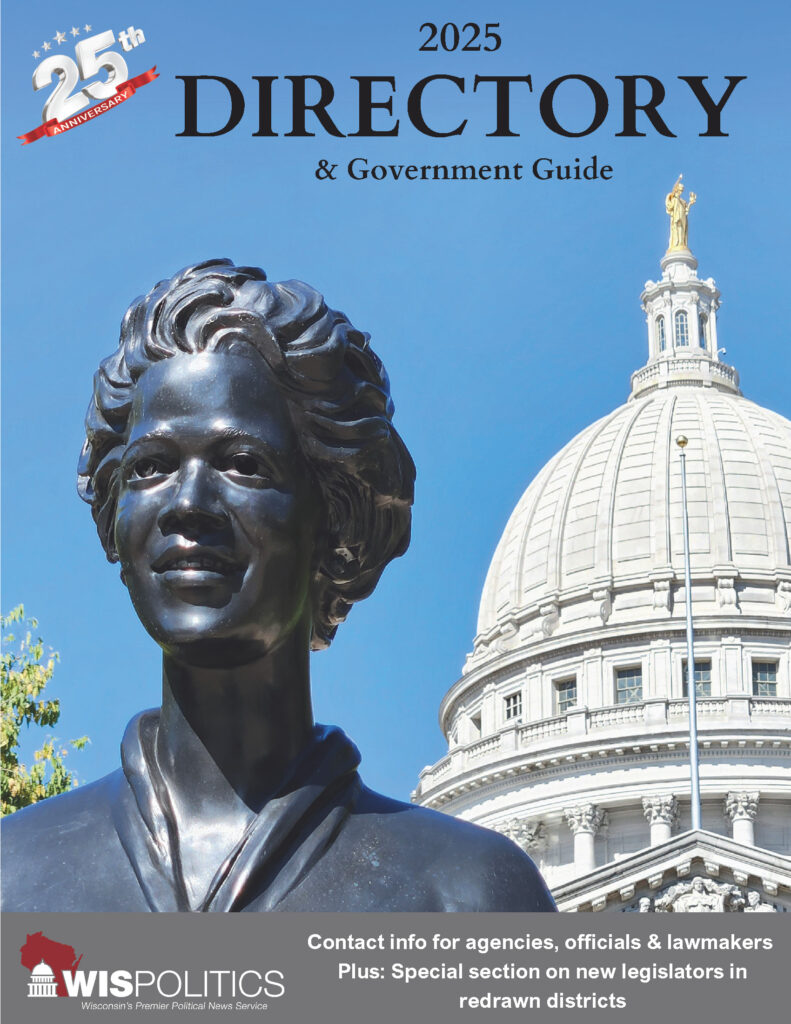The Joint Committee on Finance (budget writing committee of the state legislature) is scheduled to meet Thursday (6/12) to take up public school funding. The committee is poised to make decisions on the critical investments and priorities that have been made crystal clear by the combined voices of school leaders, parents, and community and business leaders from around the state.
At public hearings...
Please log in to access subscriber content.
If you don't have a subscription, please contact schmies@wispolitics.com for subscription options on the WisPolitics-State Affairs platform, which is the new home for WisPolitics subscriber products.


